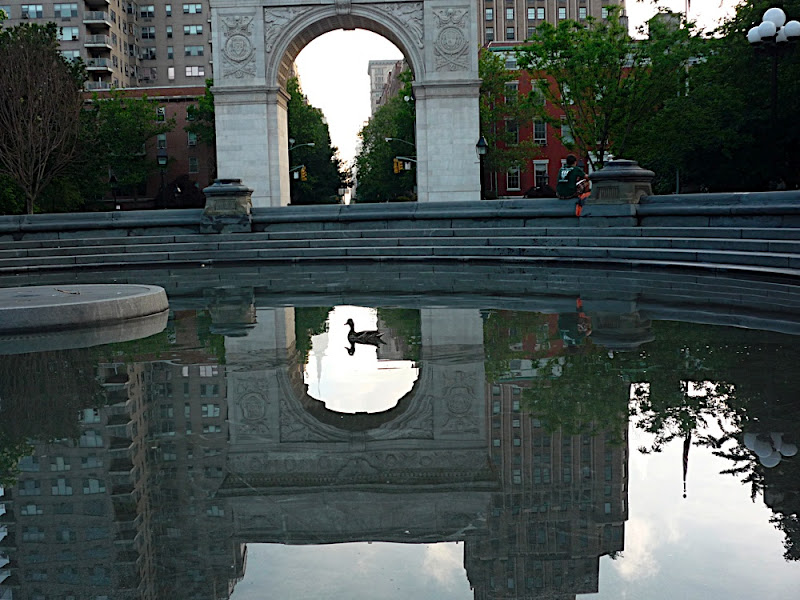Search This Blog
A strolling guide to New York City by writer and photographer Teri Tynes. Active during the years 2007-2021, Walking Off the Big Apple plans new walks away from the city in the summer of 2025.
Posts
Showing posts from June, 2009
Coming this summer 2025
A Hudson River Camino - a cultural and spirit-filled pilgrimage up river.
New York's Theater District: The Legacy of the Golden Age, A Walk and a Map
- Get link
- X
- Other Apps
The Marx Brothers on Broadway, & Notes on New York Theatres in the 1920s
- Get link
- X
- Other Apps
Moveable Feasts in the City: New York Food Trucks and Carts
- Get link
- X
- Other Apps
The Marx Brothers in New York: Interlude - On Groucho Walking
- Get link
- X
- Other Apps
The Long Road to The Big Time: The Marx Brothers Play The Palace
- Get link
- X
- Other Apps
A Walk in the East 90s: At Home with the Marx Brothers and "The Brownstone People"
- Get link
- X
- Other Apps
Walking the Rails Above Death Avenue: High Noon for the High Line
- Get link
- X
- Other Apps
Aernout Mik at MoMA: Something is Happening Here, But I Don't Know What It Is
- Get link
- X
- Other Apps
The Early Bird Gets the Picture of the Duck in the Fountain
- Get link
- X
- Other Apps
Towards a New Amsterdam: Celebrations of Henry Hudson's Voyages to the New World for the Dutch East India Company
- Get link
- X
- Other Apps
Jazz & Culinary Notes: Pianists, Guitarists, Saxophones and Cupcakes, All Close to Home
- Get link
- X
- Other Apps
A Special Date Night in the Village: The First Couple Dines at Blue Hill
- Get link
- X
- Other Apps
June 11, 2025 in Beacon, NY

On a day trip from NYC











